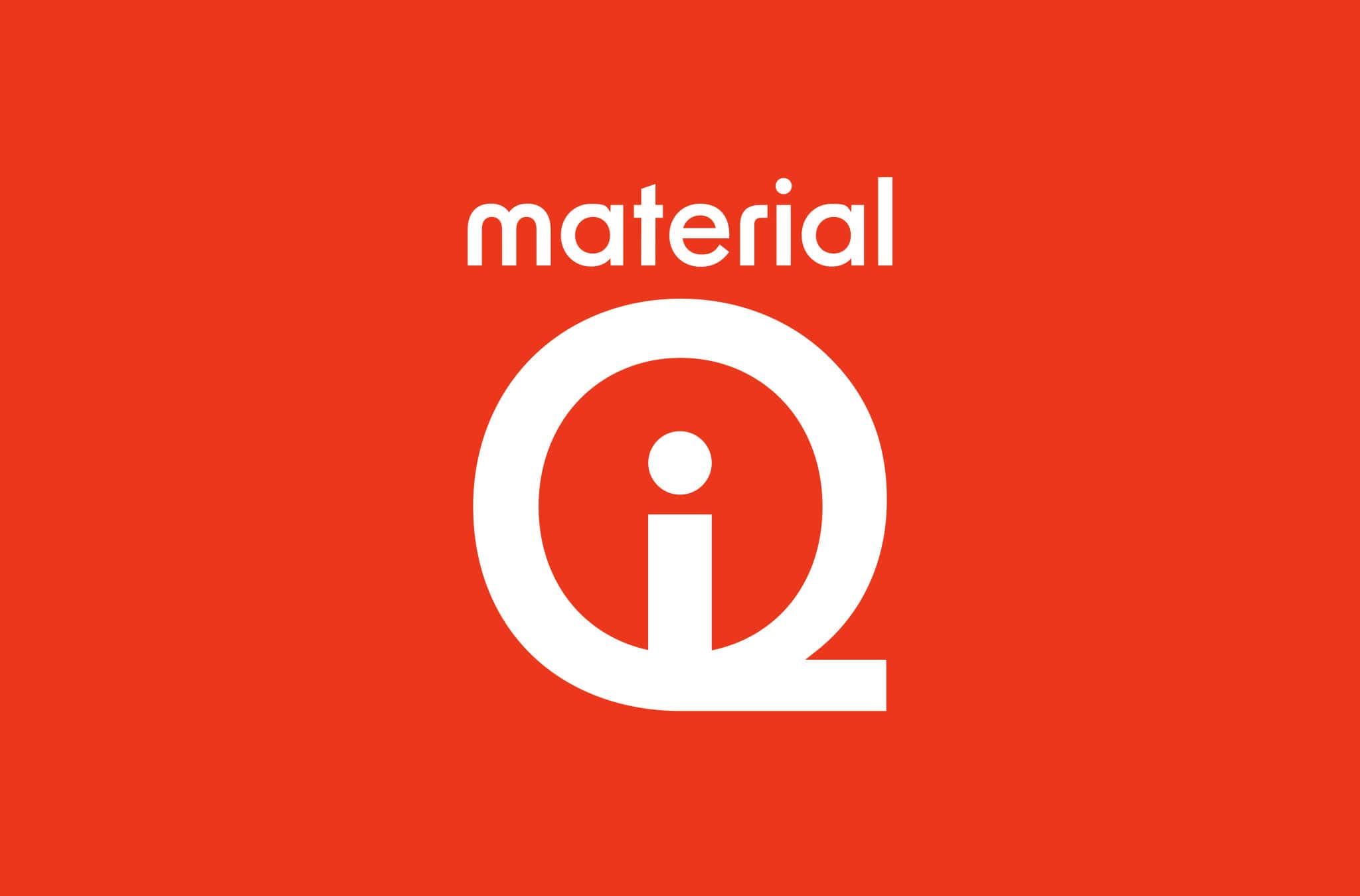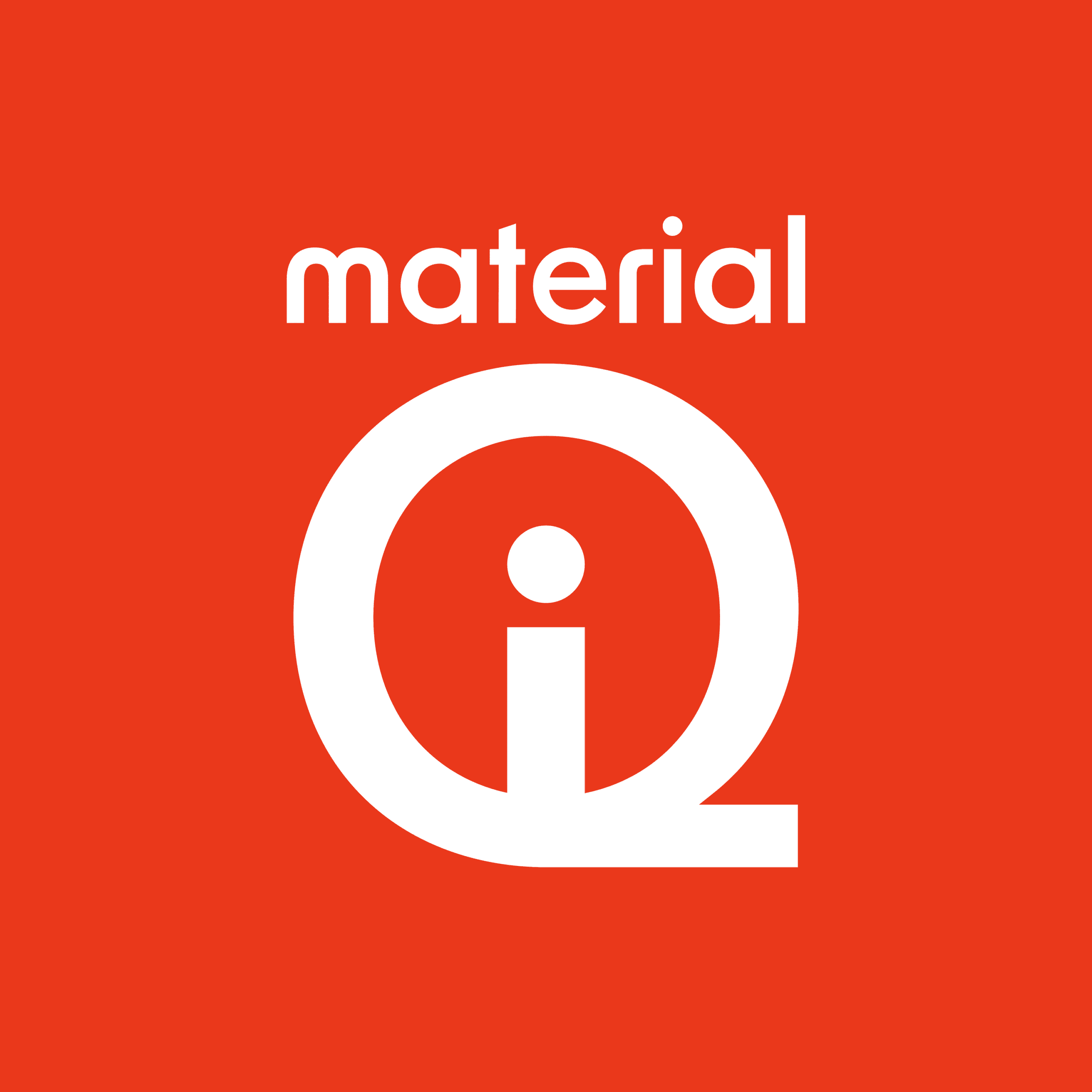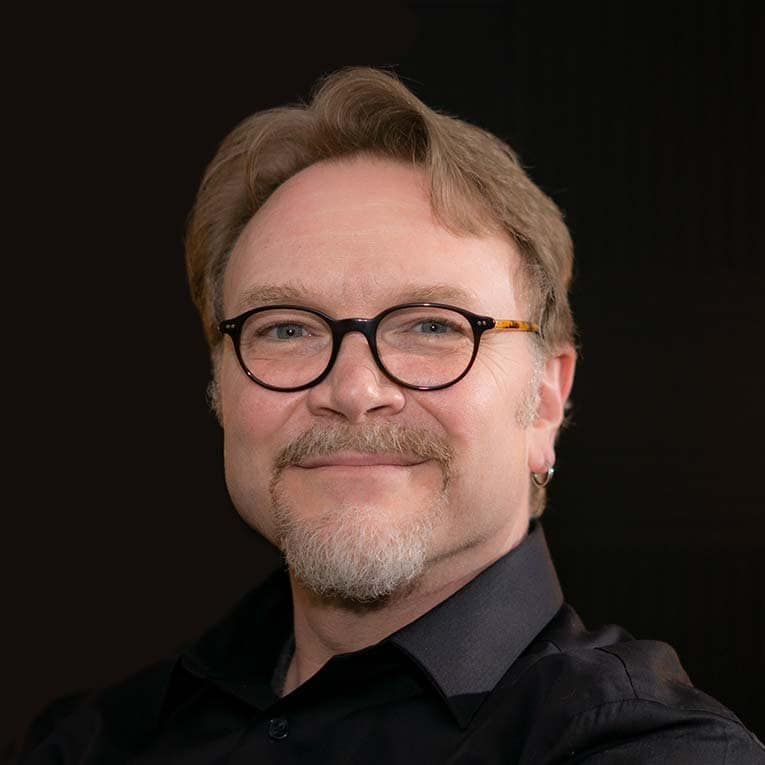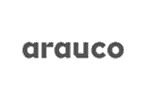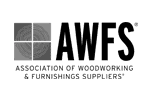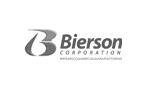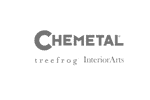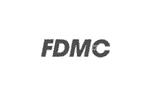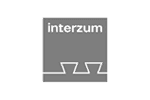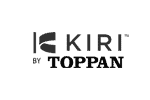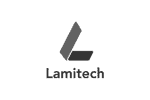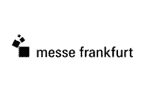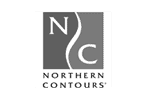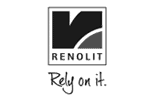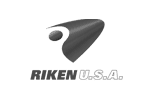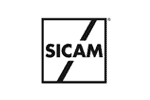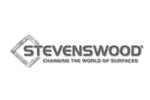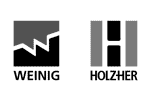Podcast: Download (Duration: 25:22 — 58.2MB) | Embed
Subscribe: Apple Podcasts | Spotify | Android | RSS | More
This episode talks about the role of sustainable materials for high-demand, high-traffic areas like airports, lounges, and retail areas with designer Jordana Dall’Igna.
Every episode of the Material IQ podcast explores in detail the materiality of the built environment: innovation, inspiration, and case studies from leading architects, designers, suppliers, and manufacturers with an emphasis on climate-positive outcomes in commercial and residential design.
The following podcast transcript was generated with Whisper AI and may contain errors.
[Music]
As a young designer, we need to keep those things in mind. We are the change, we are the future. So if we don’t change our mindsets and the way we approach materials, that’s not going to change.
So it’s up to us, especially to space fires, like we need to push better materials, better solutions. The world needs that from us. [Music]
The world needs that from us. Holy cow. That’s Jordana Delinia. She is a commercial interior designer specializing in airport food and beverage areas, lounges, and retail areas all over the world. And I am Ken Busch, your host for the Material IQ podcast.
This is episode zero. It’s an episode I’m putting together to inform our industry partners about what’s going on with Material IQ—what we’re going to be doing with it in the future, and what’s happening with Material Intelligence 2.0.
Jordana and I met at Neocon. She’s from Vancouver, but she works on airport projects all over the world. We met during Neocon in my Material Intelligence Destination Neocon exhibit, where we were showing lots of different sustainable materials.
She was taking the long tour and visiting all of our sponsors. She was kind enough to let me interrogate her about her job, her company, the projects she works on, and the challenges she faces in always trying to choose the most sustainable materials and products.
It turns out a big part of her job is educating her customers—not only about performance and aesthetics but also about the long-term sustainability of the project.
Ken: I’m guessing you feel obligated to educate your clients about what sustainability means in their context. How do you do that?
Jordana: Well, that’s a big challenge. We always try to bring them data. I think that’s the best way of selling something—showing studies and proving our point. That should touch our clients. We’re talking about the future, we’re talking about the environment, and that’s why we try to push sustainable products to them.
Education is the biggest thing. We might share an article or numbers. We really like hemp. Hemp, for example, is a great product. We’ve been seeing it in furniture and clothing. In Canada that’s legal, so we can get a lot of hemp stuff, which is really nice.
We always try to share data: you’re going to use much less water to produce it, sometimes you get a better price—sometimes not, sometimes it’s more expensive upfront—but it pays off over time.
She’s talking about hemp-based products there, and she likes them because they’re sustainable. Those suppliers have done a great job of giving her the data and information she needs to sell it to her clients.
She also brought up another material category that I won’t mention because she asked me not to. It’s not very sustainable. It is durable, but she loves it because she gets excellent support from the supplier. They have teams ready to answer her questions and help her sell that material to her clients.
Remember: a commercial interior designer doesn’t buy a single square centimeter of anything until they’ve already sold it to their customers.
As you probably know, the most effective way of educating interior designers is through Continuing Education Unit presentations and programs—CEUs.
Whether you’re an architect or an interior designer, residential or commercial, CEUs are required by professional associations. Usually it’s so many hours every two years. But they have to be relevant and engaging.
I think the days of “here’s absolutely everything you need to know about this material” are past.
Ken: How important are CEUs to you?
Jordana: Quite important. We see that most designers just want them for the hours. It’s not really important to them, but we try to have a different approach.
Ken: I have clients who look at CEUs as a chance to train their best salespeople—which are you—because you don’t buy anything until you’ve already sold it, right?
Jordana: Absolutely. Education is everything. If you know what you’re selling, you can sell it. If you don’t, it’s really hard to convince anyone. If you’re not convincing yourself it’s the best solution, there’s no way you can pass that up to your clients.
Ken: Are you getting enough support from your suppliers?
Jordana: I think so. But often we have to reach out and ask for things we hope would just be delivered to us. I’m talking about information, not samples. We have to chase them: “Hey, why is this better? How can I sell it to my client? Your price is higher. I like your product, but how do I sell that? I can’t just say, ‘Oh, it’s beautiful.’”
So a lot of times we have to chase that information. That’s the process, I guess. But how can I sell it if I don’t know what it is?
Her answer shows some hesitancy. A couple of suppliers do a great job, but many don’t. She often lacks the information she needs to not only design but also to sell her choices to clients.
One of the through-lines of our conversation was sustainability. She and her young team were very concerned about how their choices impact resources, the future, and indoor air quality. Companies like the hemp supplier—those who connect with her values—get specified more often.
Ken: How do you talk about sustainability? What’s most important—carbon footprint, longevity, ease of care?
Jordana: They all count. I think that’s the future. You can’t run away from that. For years we’ve known that much of our practice isn’t sustainable—we just kept doing it. But there’s no going back. You have to look forward and understand why this matters.
It’s a personal thing. It matters to me because this is our environment. This is the only world we have. There’s no other way.
It matters to her because this is the only world we have. I hear that from young designers again and again. Sustainability is personal.
Which is why I was surprised when I asked about wood.
Ken: How do you feel about specifying wood products, like hardwoods?
Jordana: That’s a trick question. Durability and look—it’s great. We like to specify it. But at the same time, it’s not sustainable. A lot of companies aren’t sustainable. Some are. But many clients aren’t interested in real wood anymore.
“Wood isn’t sustainable.” Clients aren’t interested in it anymore. That’s a colossal fail on the part of the wood products industry—the forest fiber value chain.
You have no idea how hard it was for me not to shift into lecture mode. But I asked her to elaborate.
Jordana: I think it’s a combo of price, sustainability, and durability. Cleaning and caring for natural products is harder. Airports are trickier—we need the most resistant surfaces. People don’t care. They’ll put their feet up. It’s not like home.
Ken: When you say you get pushback on wood, is it because people think managed forestry isn’t doing a good job?
Jordana: Yeah, I think so. People aren’t well educated on where it comes from. They have an idea and stick with it, without understanding what it really means.
She’s making a great point: many don’t understand what managed forestry means. I once ran a focus group with 11 designers and architects. I showed them two pictures:
- One was a healthy forest of tall sugar maples, managed six years earlier.
- The other was a clear-cut Brazilian rainforest, nothing but stumps.
Nine out of 11 chose the stumps as “managed forestry.” In reality, that’s deforestation—the opposite of managed forestry.
Jordana also noted something I’ve observed: inertia in design firms. Older designers have fixed ideas. Younger designers are tasked with educating them.
Jordana: Management can be a problem too. Companies in the market for a long time, with older managers, often have a closed vision. They think sustainable materials won’t last. So it’s part of us young designers to educate the old people in our offices.
Ken: Good luck, right?
Jordana: Yeah. But it works.
So suppliers like us need to give Jordana the tools she needs—not just to educate clients, but also her own senior colleagues.
And at that point, I couldn’t help myself.
Ken: Did you know that wood, by weight, is 50% stored carbon?
Jordana: I did not know that. That’s really interesting. I’m definitely bringing that back to my team.
So how can we help Jordana bring information like that back to her team? The answer, right after this message from our sponsors.
Well, since I haven’t sold any sponsorships yet, this episode is sponsored by materialintelligence.com. Our site is newly redesigned, and we’re updating all the material guides and other content. Please check it out.
Also, climatepositivenow.org, which we’ll be relaunching in September.
So now for the big reveal. What is this podcast really about?
It’s about helping people like Jordana. We’ll take several tracks with this podcast:
- Education for industry suppliers on how to connect with the design community.
- Interviews with designers, association heads, and others in the A&D specification realm.
- CEU-certified conversations about materials and sustainability.
The AIA now certifies spoken-word podcasts as “nano CEUs”—0.25 or 0.5 learning credits. These are also accepted by ASID and IIDA. So podcasts like this can count as educational content.
We’ll turn content from materialintelligence.com guides into CEU podcasts, and we’ll work with companies to create custom CEU podcasts. We’ll handle production, approval, and reporting. Sponsors get the leads and contact info of designers who participate.
If you’ve already got a CEU, we can adapt it into a podcast. If you don’t, we’ll be an AIA provider so you don’t need to pay $5,000 a year for just one CEU.
Not all of our podcasts will be CEUs, but all will be Material IQ. We’ll build a library of certified podcasts, easily searchable, posted on major streaming platforms and promoted by us—and you, if your name is attached.
We’ll also interview upstream suppliers—those who provide technology, edge banding, textures, components. Not the sexiest topics for designers, but critical for producers. These conversations put benefits into context with what really matters.
These are audio-only podcasts. No video for now, except special projects. Research shows spoken-word interviews are more popular and accessible, especially for young professionals.
We’ll also pursue joint displays at future exhibitions—2026 IWF, K-Bus, Neocon, BDNY, and others.
But the real goal is launching the Material IQ podcast:
- To work with industry partners to create content for architects and interior designers.
- To work with upstream suppliers to create lively, entertaining conversations that deliver value to the decorative surfacing value chain.
This has been the Material IQ Podcast, Episode Zero, brought to you by materialintelligence.com and Climate Positive Now.
Our goal is a searchable library of certified content and industry knowledge for architects, interior designers like Jordana, and everyone in the specified materials value chain.
We’ll expand coverage on materialintelligence.com to include other specified materials beyond wood. So if you’ve got something slightly outside the wood products realm, we’re here to work with you.
Thanks for listening. I hope this was entertaining, maybe educational—hopefully both. And congratulations, we hope we’ve increased your Material IQ by a point or two.
See you next time.
[Music]
This has been a production of Material Intelligence LLC. All rights reserved.
